The Cornish Shrimper 19 is a successfully odd little boat. Odd because of its almost-plumb stem, square-shouldered bowsprit, near-vertical hull sides, a flush deck that wondrously scrunches a usable cabin underneath itself, a peculiar pair of deadlights peering like a shark’s eyes from just under the rubrail, a striking profusion of teak brightwork adorning its production fiberglass hull, and a proudly anachronistic gaff rig. But it’s likely these very features are what has made it a success with 1,168 built over a 43-year production run that still hasn’t ended.British builder Cornish Crabbers says the Shrimper 19 was the best seller in its line of sailboats ranging from 17′ to 30′ for decades, though now the roomier and much costlier Shrimper 21 has ascended to top seller in its lineup. But the manufacturer is still building a handful of the 19s to order every year, says managing director Peter Thomas. It is not an inexpensive boat: current base price is about $40,000 for U.S. customers (not including engine or import duty). The recessed foredeck serves as an anchor well and is self-draining. The Sitka-spruce mast is set in a stainless-steel tabernacle to ease the task of lowering the rig for trailering.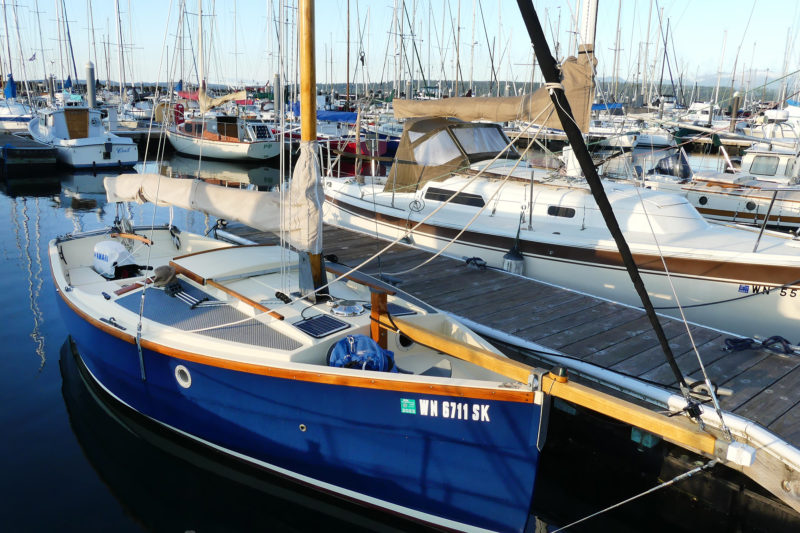 All photographs by the author
All photographs by the author
Join The Conversation
We welcome your comments about this article. To include a photo with your remarks, click Choose File below the Comment box.


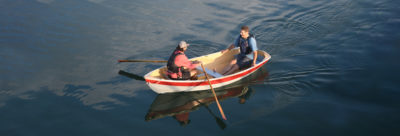

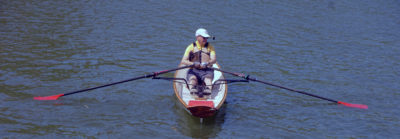




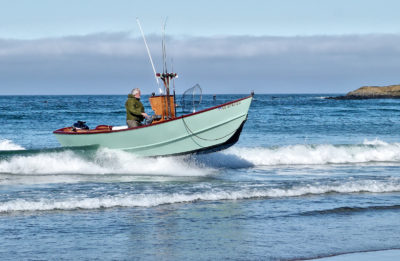
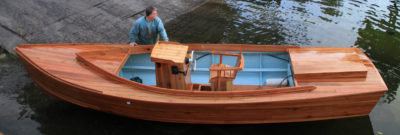

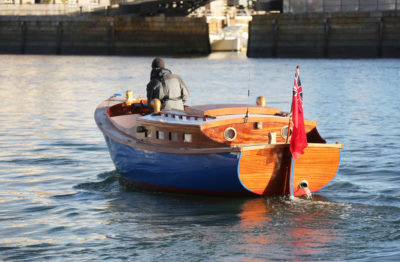
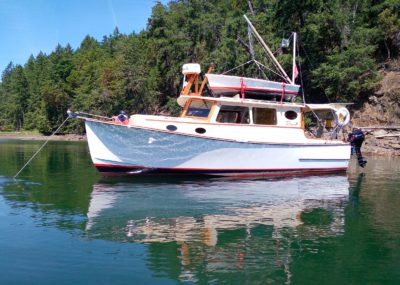
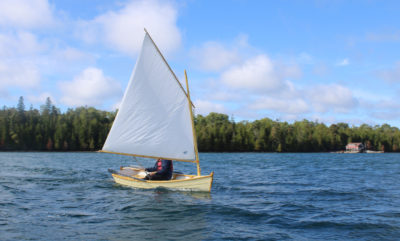

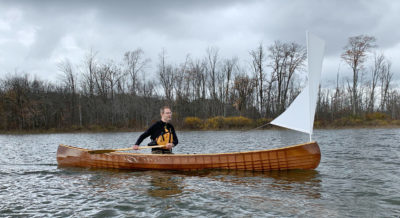
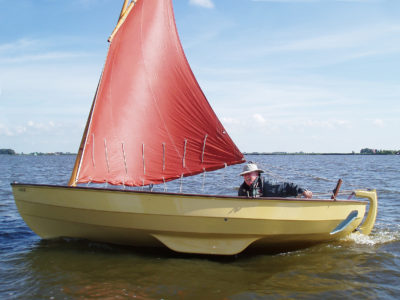
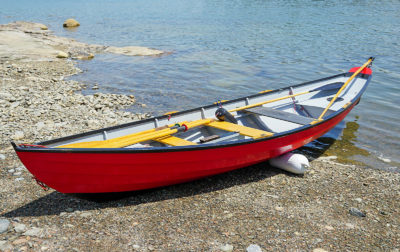
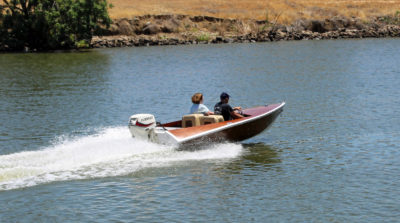

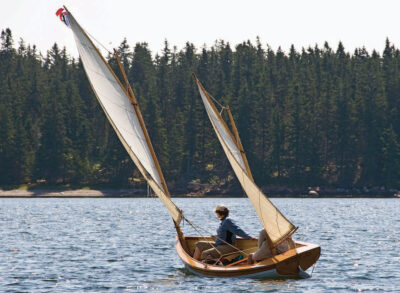
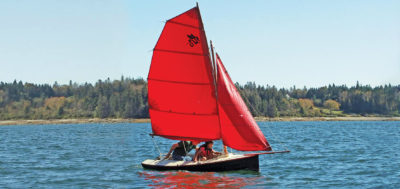
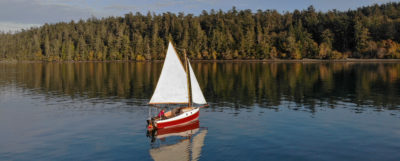
We have a Cornish Shrimper 19 that we absolutely love! We sailed ours from Key Largo, Florida, to Bimini, Bahamas, this past Spring. Quite the capable and comfortable cruiser. We are thinking about selling for slightly larger trailerable boat and it will truly be a sad day when we see her go. Great article!
What are you asking for your Cornish Shrimper 19?
I always liked the Shrimper and Crabber lines, it is a shame to see so few of them here in the Americas. I don’t think we understand the aesthetics of a boat so clearly inspired by a Pilot cutter.
I would love to see how this boat stacks up against the Cape Cutter 19 by Dudley Dix. Available as production ‘glass boat with a gaff rig, they seem well matched for a head-to-head in both looks and performance.
If I had one of these, I’d certainly look at a rudder with an end plate, rather than a drop plate. Phil Bolger advocated strongly for the end plate, and had enough experience with that arrangement on quite a few of his designs to make a compelling case for it.